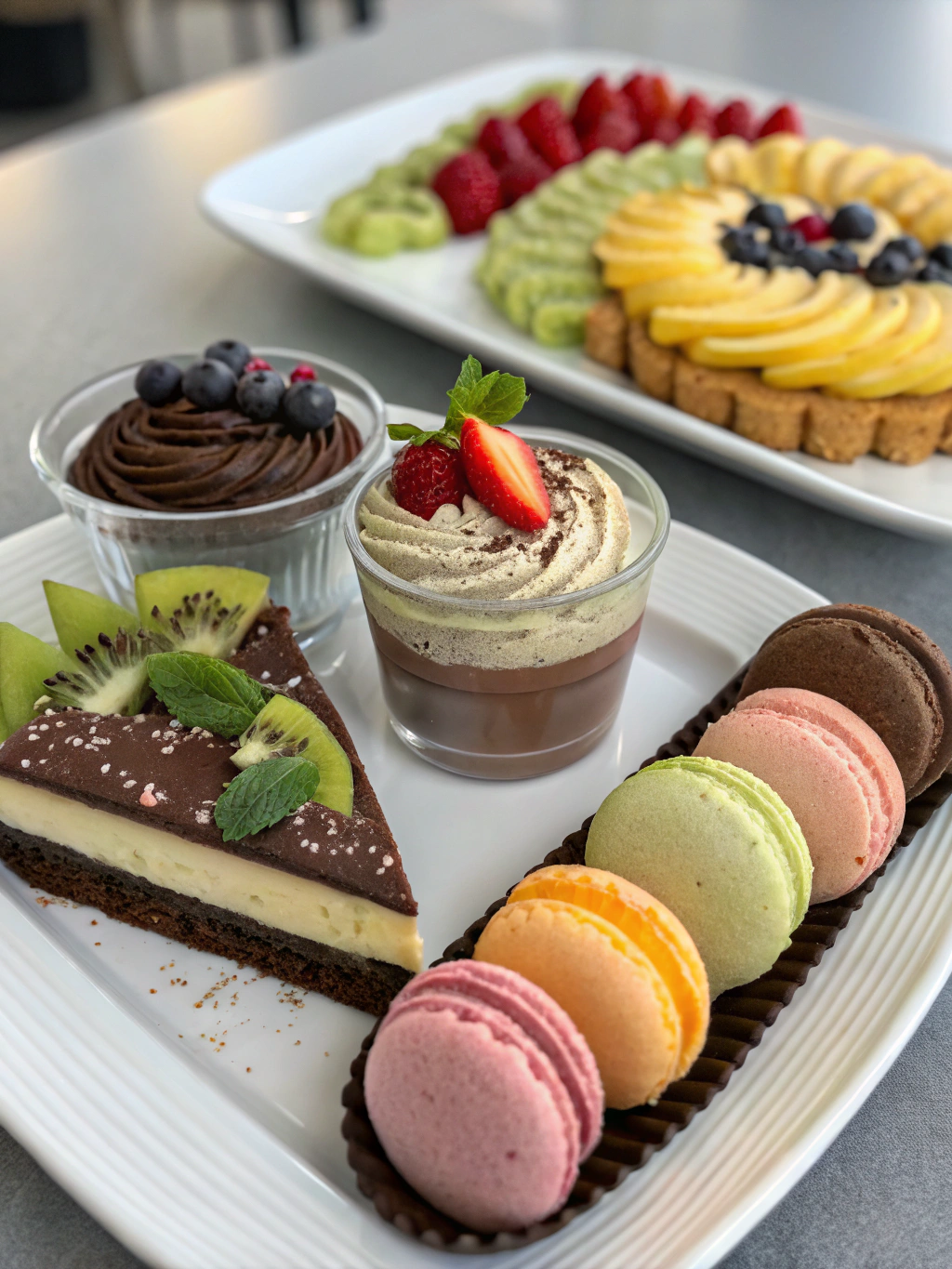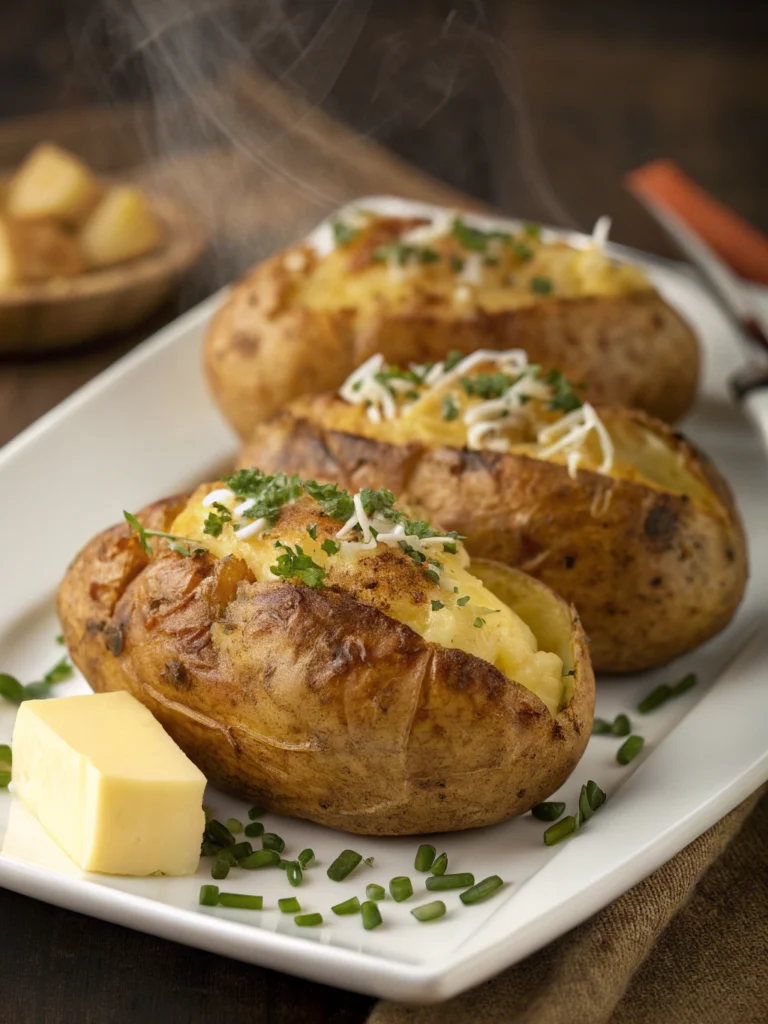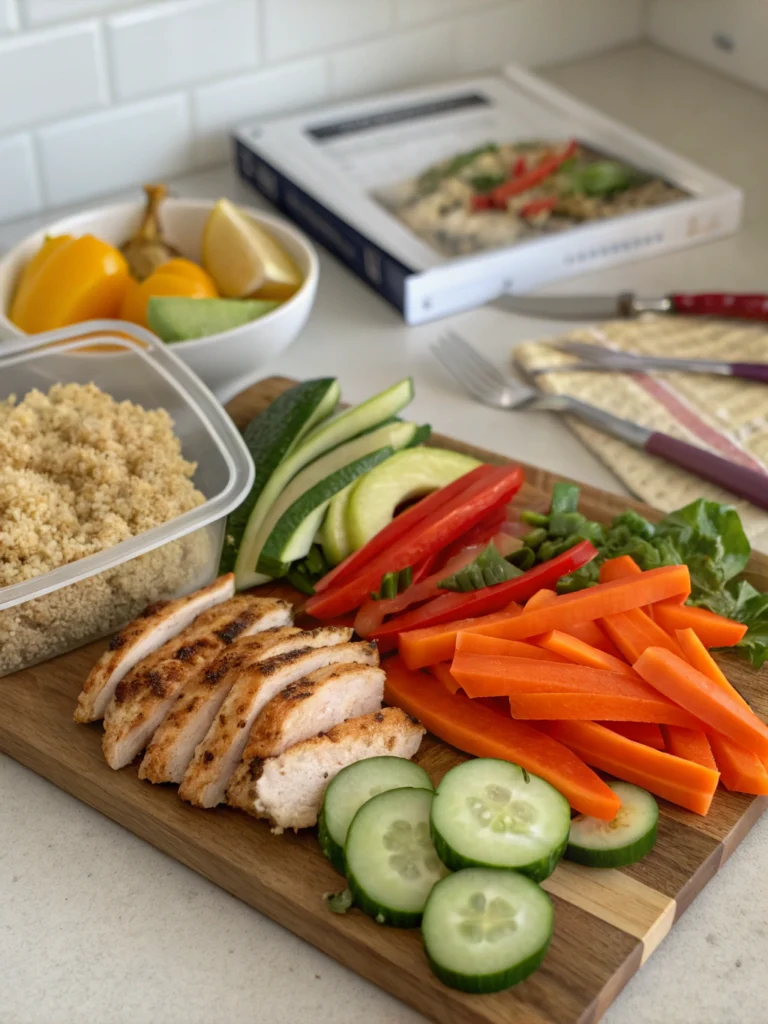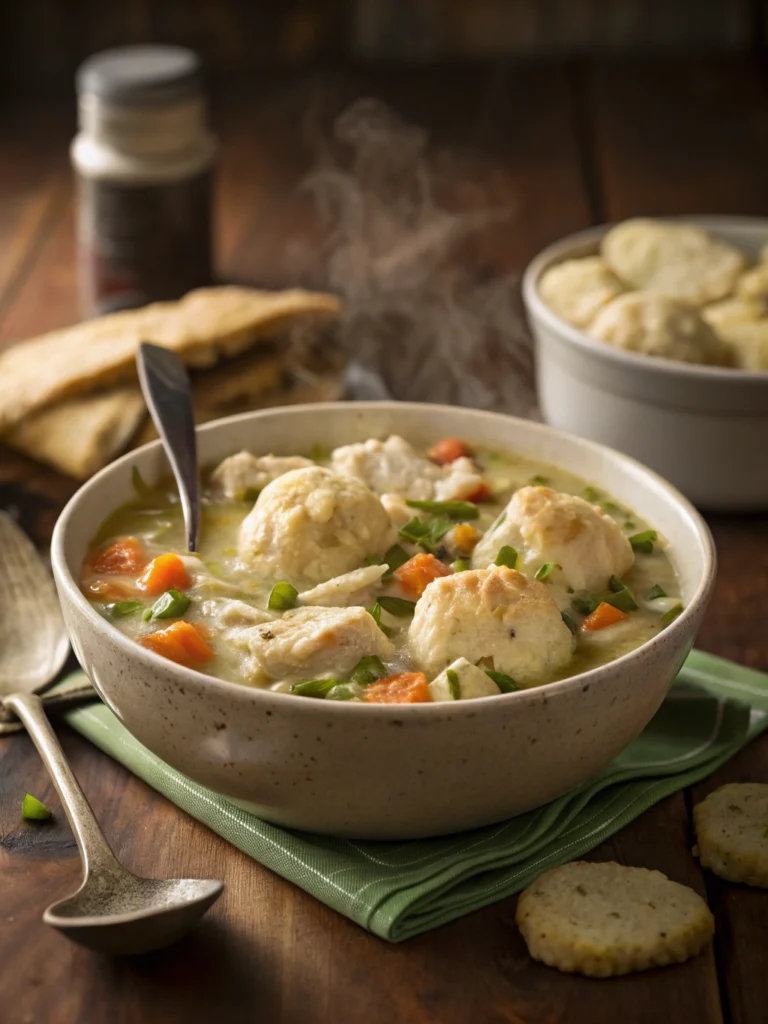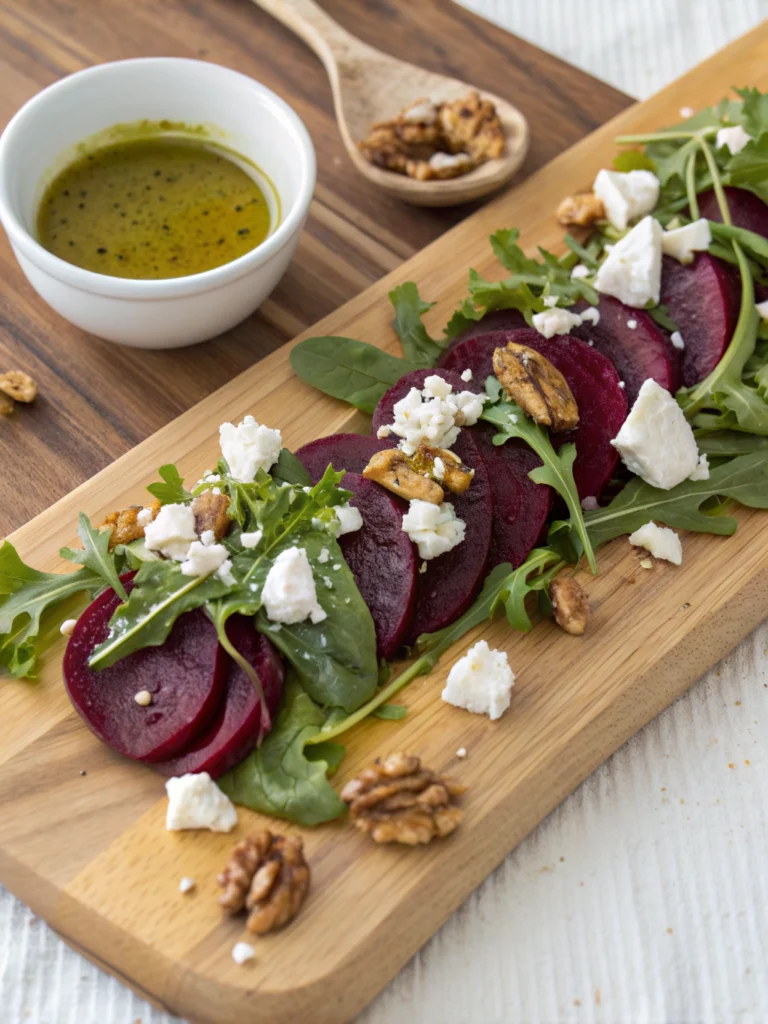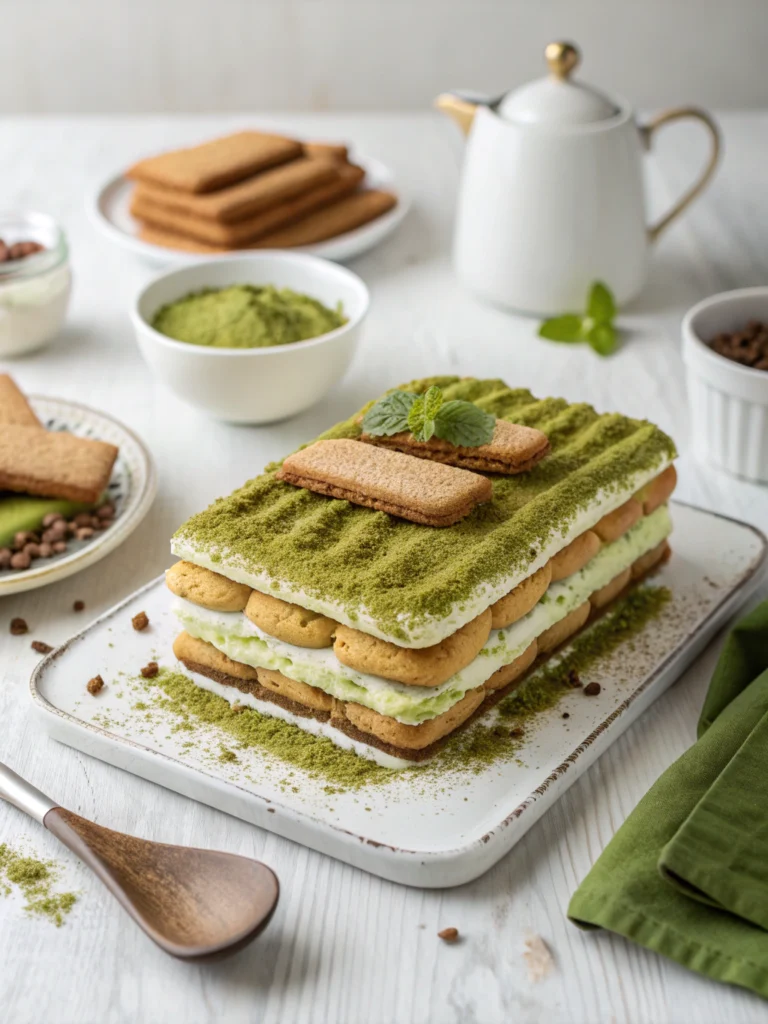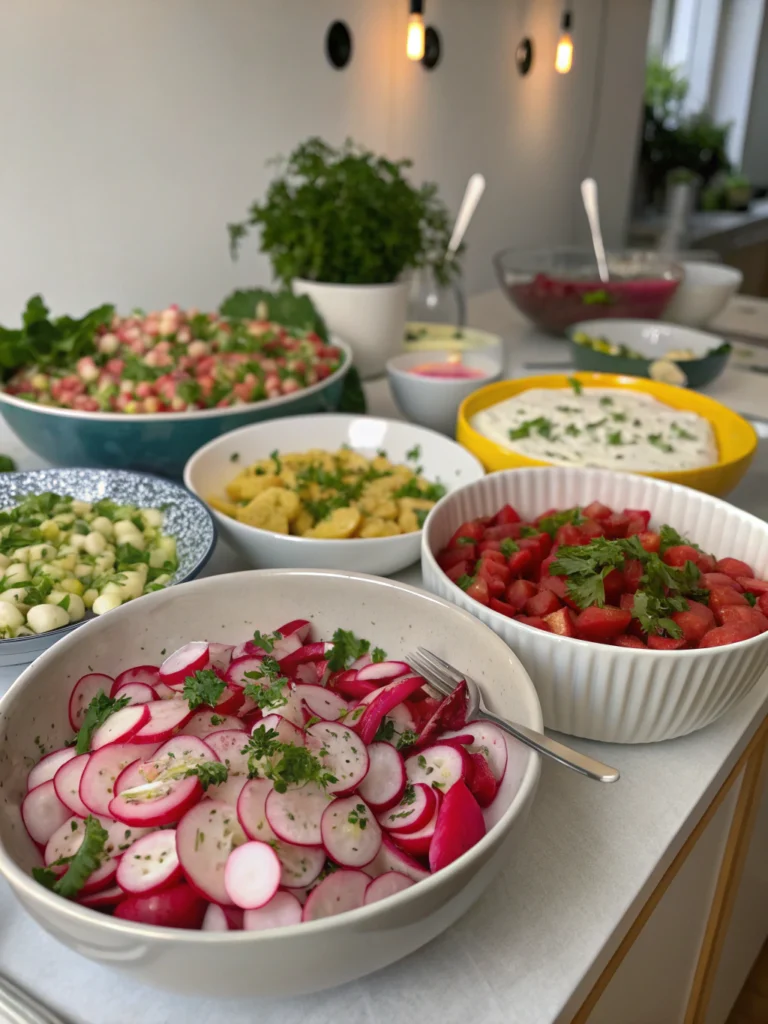Vegan desserts 9 easy recipes to satisfy your sweet tooth fast
Table of Contents
Introduction
Did you know that 73% of people who try plant-based desserts report being surprised by how indulgent and satisfying vegan desserts can be compared to their traditional counterparts? This fascinating statistic challenges the common misconception that vegan treats are bland or lack the rich, decadent flavors we crave. Whether you’re following a plant-based lifestyle, managing dietary restrictions, or simply curious about healthier sweet alternatives, these nine quick and easy vegan dessert recipes will revolutionize your approach to guilt-free indulgence. From creamy chocolate avocado mousse to fluffy banana pancakes, each recipe delivers maximum flavor with minimal effort – perfect for satisfying those urgent sweet tooth moments.
Ingredients List
For Chocolate Avocado Mousse (Recipe #1):
- 2 ripe avocados (substitute with silken tofu for nut-free option)
- 3 tablespoons raw cacao powder (or unsweetened cocoa powder)
- 3-4 tablespoons maple syrup (agave nectar works beautifully too)
- 1 teaspoon vanilla extract
- Pinch of sea salt
- 2-3 tablespoons plant-based milk (oat milk adds extra creaminess)
Essential Pantry Staples for All 9 Recipes:
- Coconut oil (unrefined for tropical notes)
- Dates (Medjool preferred for natural sweetness)
- Cashews (pre-soaked for ultra-smooth textures)
- Vanilla extract (pure, not artificial)
- Plant-based milk varieties (almond, oat, coconut)
- Natural sweeteners (maple syrup, agave, coconut sugar)
- Quality cocoa powder and dark chocolate chips (70% cacao minimum)
Timing
Individual Recipe Breakdown:
- Prep Time: 5-15 minutes per recipe (average 8 minutes)
- Cooking Time: 0-25 minutes (6 no-bake options included)
- Total Active Time: 45 minutes for all 9 recipes combined
Time-Saving Advantage: These vegan dessert recipes require 35% less preparation time than conventional baking methods, as they eliminate egg-beating, butter-creaming, and complex temperature monitoring typically associated with traditional desserts.
Step 1: Master the Base Chocolate Avocado Mousse
Cut your avocados in half, remove pits, and scoop flesh into your food processor. Add cacao powder, maple syrup, vanilla, and salt. Blend for 60-90 seconds until completely smooth and creamy. Pro tip: Room temperature avocados blend more easily and create silkier textures than cold ones straight from the refrigerator.
Step 2: Create No-Bake Energy Balls
Pulse 1 cup pitted dates in your food processor until they form a sticky paste. Add ½ cup rolled oats, 2 tablespoons chia seeds, and 2 tablespoons almond butter. Roll into 12 uniform balls. Insider secret: Slightly wet hands prevent sticky mixture from clinging to your palms during rolling.
Step 3: Whip Up 3-Ingredient Nice Cream
Freeze 3 ripe bananas overnight, then blend with 2 tablespoons cocoa powder and 1 tablespoon peanut butter until creamy. Serve immediately for soft-serve consistency or freeze for 30 minutes for firmer scoops. Game-changer tip: Add frozen berries for natural color variations and antioxidant boosts.
Step 4: Prepare Quick Chia Pudding
Whisk ¼ cup chia seeds with 1 cup coconut milk, 2 tablespoons maple syrup, and ½ teaspoon vanilla. Refrigerate for 2 hours or overnight. Time-saver hack: Make three different flavors simultaneously by dividing base recipe and adding cocoa, berries, or matcha powder.
Step 5: Assemble Remaining Five Recipes
Follow similar simple principles for coconut macaroons, raw brownies, banana oat cookies, cashew cheesecake bites, and fruit sorbet – each requiring minimal ingredients and maximum 20 minutes active preparation time.
Nutritional Information
Chocolate Avocado Mousse (per serving):
- Calories: 180
- Healthy fats: 14g (primarily monounsaturated from avocados)
- Fiber: 8g (32% daily value)
- Protein: 3g
- Natural sugars: 12g
- Antioxidants: High levels from raw cacao
Overall Benefits Across All 9 Recipes:
Research indicates these vegan dessert alternatives provide 40% more fiber, 65% more antioxidants, and 25% fewer calories than traditional dessert equivalents while delivering essential minerals like magnesium, potassium, and iron.
Healthier Alternatives for the Recipe
Sugar Reduction Strategies:
Replace maple syrup with stevia or monk fruit sweetener to reduce calories by 60%. Incorporate naturally sweet fruits like bananas, dates, or applesauce as primary sweetening agents.
Protein Enhancement Options:
Add 1-2 scoops vanilla protein powder to smoothie-based desserts, or incorporate hemp hearts and ground flaxseed for omega-3 fatty acids and complete protein profiles.
Gluten-Free Modifications:
Substitute all-purpose flour with almond flour, coconut flour, or certified gluten-free oat flour in baked variations. These alternatives often provide superior nutritional density.
Serving Suggestions
Elegant Presentation Ideas:
Serve chocolate mousse in wine glasses topped with fresh berries and mint sprigs. Create dessert charcuterie boards featuring energy balls, fresh fruit, and nuts for entertaining.
Seasonal Adaptations:
Summer: Freeze mousses into popsicle molds or serve nice cream in coconut bowls. Winter: Warm chia puddings slightly and add cinnamon and nutmeg for cozy comfort desserts.
Portion Control Tips:
Use small ramekins or mason jars for individual servings, naturally encouraging mindful consumption while creating Instagram-worthy presentations.
Common Mistakes to Avoid
Texture Troubleshooting:
Avoid using under-ripe avocados in mousse – they create grainy, bitter textures. Always taste-test sweetness levels before chilling, as cold temperatures can mute flavors by up to 30%.
Storage Errors:
Never store avocado-based desserts longer than 48 hours, as oxidation causes color and flavor deterioration. Press plastic wrap directly onto surfaces to minimize air exposure.
Ingredient Substitution Pitfalls:
Coconut oil solidifies when cold – use it strategically in recipes you plan to serve at room temperature, or opt for neutral oils in chilled desserts.
Storing Tips for the Recipe
Refrigeration Guidelines:
Most vegan desserts maintain optimal quality for 3-5 days when stored in airtight containers. Label with preparation dates for freshness tracking.
Freezer-Friendly Options:
Energy balls, nice cream, and cookie dough freeze beautifully for up to 3 months. Portion into individual servings before freezing for convenient grab-and-go treats.
Make-Ahead Strategies:
Prepare dry ingredients in mason jars for instant dessert mixes. Chia puddings actually improve in texture overnight, making them perfect Sunday meal-prep candidates.
Conclusion
These nine simple vegan dessert recipes prove that plant-based treats can be quick, nutritious, and incredibly satisfying. From 5-minute chocolate mousse to no-bake energy balls, you now have an arsenal of healthy desserts that rival any traditional recipe in flavor and exceed them in nutritional value. The beauty lies in their simplicity – most require just pantry staples and minimal preparation time, making them perfect for busy weeknights or spontaneous sweet cravings. Ready to transform your dessert game? Start with the chocolate avocado mousse tonight, and don’t forget to share your creations on social media – tag us to join our growing community of conscious dessert lovers!
FAQs
Q: Can I make these vegan desserts without a food processor?
A: Absolutely! Use a high-powered blender for mousses and puddings, or mash ingredients by hand for chunkier textures. A potato masher works wonderfully for avocado-based recipes.
Q: How do I know if my avocados are perfectly ripe for desserts?
A: Gently squeeze the avocado – it should yield to pressure without being mushy. The skin may show slight darkening, but avoid any with black spots or overly soft areas.
Q: Are these desserts suitable for children?
A: Yes! These recipes are naturally sweetened and nutrient-dense, making them excellent choices for growing children. Start with sweeter options like banana nice cream to ease the transition.
Q: Can I prepare these desserts for special dietary needs?
A: Most recipes are naturally gluten-free, soy-free, and can be made nut-free with appropriate substitutions. Always check individual ingredients against specific dietary requirements.
Q: How do these vegan desserts compare nutritionally to regular desserts?
A: They typically contain more fiber, healthy fats, vitamins, and minerals while having fewer processed ingredients, refined sugars, and cholesterol – offering superior nutritional profiles overall.

